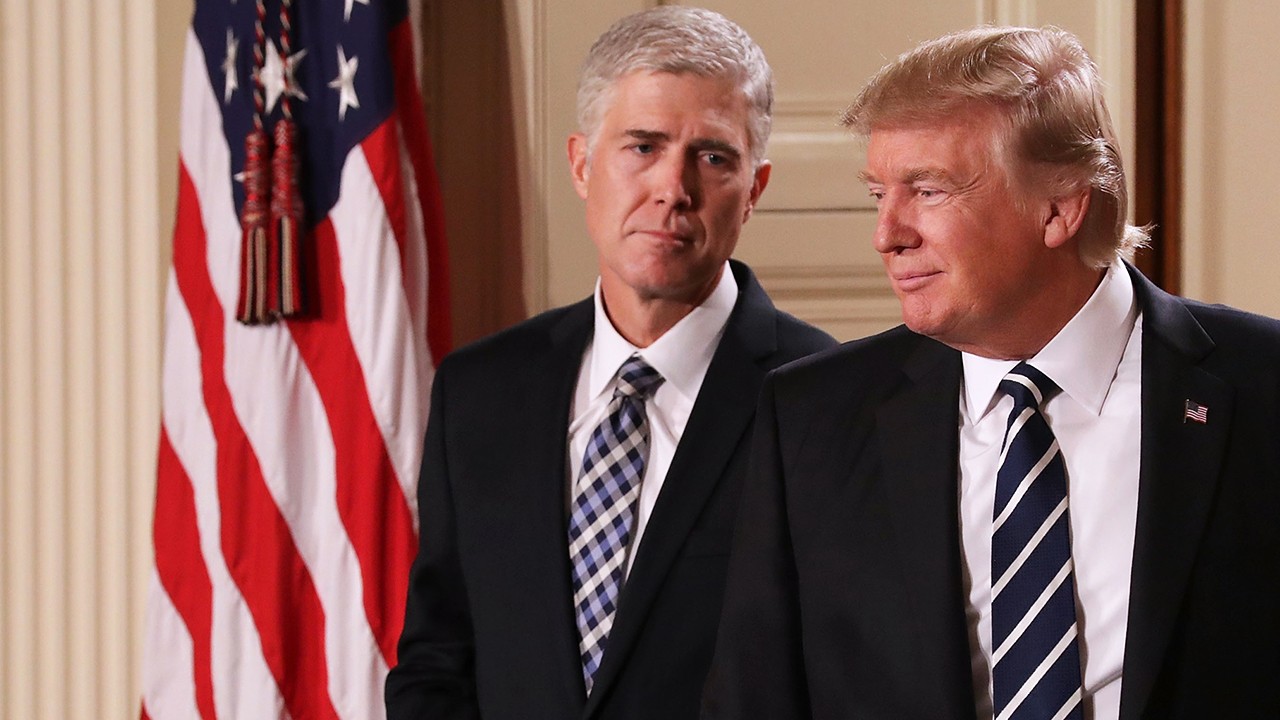Grasz is hardly the only Trump judicial nominee to be deemed unqualified by the ABA. Notably, in November, the Senate Judiciary Committee voted along party lines to approve Brett Talley as judge of the 11th Circuit’s Middle District of Alabama. Talley, who has been practicing law for three years, has never tried a case and was unanimously deemed “not qualified” by the ABA.Nineteen of the Trump’s 71 federal judge nominations have already been confirmed—one to the Supreme Court, six to the District Courts, and twelve to the Courts of Appeals—which is more than a president has appointed this early in a presidency in half a century.
Check out more videos from VICE:

When Trump took office, he was left with an unprecedented number of empty seats in the federal judiciary, including one vacancy in the Supreme Court, 21 open seats on the federal appeals court with the potential for more, and what is now 149 vacancies in the 94 federal District Courts.
Geographic boundaries of the United States Courts of Appeals and United States District Courts. (Image via USCourts.gov)
What’s more, Trump’s picks are wildly white and male. Political scientists Rorie Spill Solberg and Eric N. Waltenburg wrote recently for the Washington Post about the ramifications of this lack of diversity, which could negatively impact the public’s perceived legitimacy of judges that are not demographically representative of the U.S. population.So what can the American populous do? Though senators possess the power to confirm Trump’s judicial nominees, with the 2018 midterm elections on the horizon, constituent input—particularly with senators serving on the Senate Judiciary Committee—could make a difference. To keep up with the quick nomination pace, the American Constitution Society for Law and Policy tracks judicial vacancies, nominations, and appointments at the federal level.You can always contact your representatives to tell them what you think.Finally, while much power is concentrated at the federal level, the polarization currently threatening the federal bench hasn't necessarily extended to the state level courts. The fifty states all have their own system of State Trial Courts, State Appeals Courts, and State Supreme Courts, which can also ultimately feed cases to the federal Supreme Court. And it's only at the state level that the judicial appointment process varies, with the majority of states using some sort of election rather than nomination process. Most state judiciaries allow for voter accountability as well, with all but four states imposing term limits on their judges. To learn more before the next election, the National Center for State Courts has consolidated information on each state’s judicial selection processes.While much power is concentrated at the federal level, the polarization currently threatening the federal bench hasn't necessarily extended to the state level courts.
